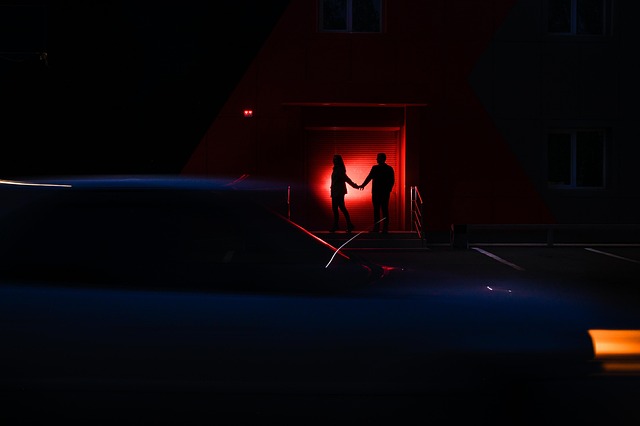Backlighting is a powerful technique that allows photographers to infuse their images with a touch of magic. When the light source is positioned behind the subject, it creates silhouettes and adds depth, transforming ordinary scenes into captivating works of art. Understanding backlighting in photography composition can elevate your skills and enhance the emotions conveyed through your photos.
The key to mastering backlight lies in your camera settings and optics. Use your camera’s aperture settings to control the amount of light hitting the sensor; a wide aperture can create a striking bokeh effect that separates your subject from the background. Employing a narrow aperture can help ensure more of the scene remains in focus, enabling intricate details to come alive in your images.
When commencing a backlit photograph, it’s crucial to consider the angle of the light. Golden hour, shortly after sunrise or before sunset, provides soft diffused light that highlights textures and contours. Position yourself so that the sun is directly behind your subject. You’ll soon discover how the interplay of light and shadows shapes the mood of your photo.
With optics, utilizing a lens hood can help prevent lens flare and maintain contrast, retaining the richness of the colors in your composition. A prime lens, known for its superior sharpness and ability to create creamy backgrounds, is often ideal for backlighting scenarios. Experimenting with different focal lengths can yield stunning compositions, each uniquely capturing the essence of your subject.
Don’t shy away from capturing the imperfections that backlighting reveals. A flower, for example, illuminated from behind can display its veins and delicate petals, telling a story of fragility and beauty. Similarly, a person can be transformed into a mere silhouette, allowing viewers to fill in the details with their imagination, creating a deeper connection with the subject.
In post-processing, emphasize the backlit effect by adjusting the contrast and brightness. Highlighting the glow around the edges of your subject can add an ethereal quality to your images. Lightroom and Photoshop are excellent tools for enhancing this aspect, enabling you to control the mood and tone of your photographs effectively.
As you embark on your journey to master backlighting, remember to practice patience. The perfect backlit shot often requires careful observation and timing. Watch how the light changes and adapt your approach accordingly. Whether you’re shooting landscapes, portraits, or still life, the impact of backlight can transform your composition into something visually stunning and emotionally resonant.
Ultimately, the beauty of backlighting in photography lies in its ability to evoke feelings and tell stories. Each of us perceives light differently; a single beam shining through the leaves can spark nostalgia or hope, capturing moments that resonate long after the shutter has closed. By harnessing the power of backlight, you’re not just taking a photo – you’re creating an experience, inviting the viewer into a world filled with warmth and wonder.



